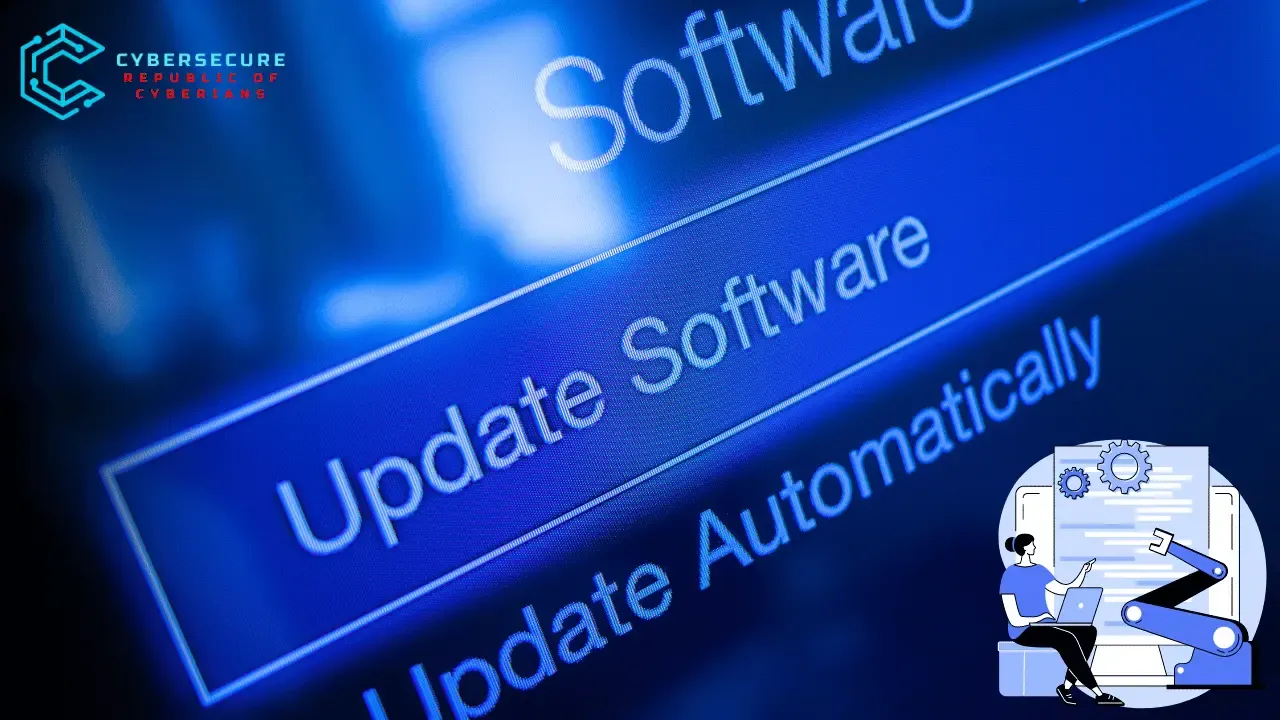What is Open System Software Exactly?
Open system software is software designed with open standards, facilitating compatibility and interoperability across platforms, promoting modularity and transparency, with community-driven development.
 |
| Open-System-Software. |
Open system software is built with open standards, fostering compatibility across platforms. It promotes modularity, allowing for easy integration and upgrades. Transparency is key, with publicly available source code enabling inspection and modification.
Why Should You Care?
Now, you might wonder, "What's the big deal?" Well, buckle up because we're about to drop some knowledge bombs. Here's why open system software deserves a spot on your radar.
- Flexibility 👉 Say goodbye to one-size-fits-all solutions. With open system software, you're the master of your domain. Customize, tweak, and tailor your software to suit your unique needs.
- Transparency 👉 Ever felt like you're in the dark when it comes to software? Not anymore. Open system software lays it all out in the open, giving you full visibility into how things work.
- Community-driven 👉 Picture this a vibrant community of developers and enthusiasts working together to improve and innovate. That's the beauty of open system software – it's powered by collaboration and shared knowledge.
Open system software offers unparalleled flexibility, empowering users to customize solutions to their unique needs. Transparency is key, providing full visibility into software operations. It thrives on community collaboration, fostering innovation and continuous improvement.
Getting Started
Ready to dip your toes into the world of open system software? Here's a handy roadmap to get you started.
- Explore 👉 Take some time to explore different open system software options out there. From operating systems to productivity tools, the possibilities are endless.
- Experiment 👉 Don't be afraid to get your hands dirty. Install, test, and play around with different software to see what clicks.
- Engage 👉 Join online forums, communities, and discussion groups dedicated to open system software. You'll find a treasure trove of tips, tricks, and support along the way.
Explore the rich landscape of open system software, from operating systems to productivity tools. Experiment freely to find your perfect fit, and engage with online communities for valuable support and insights.
Open System in the Computer
In computing, an open system refers to a system that interoperates with other systems in a well-defined way. It's characterized by standards-based communication protocols, making it easier for different components or systems to work together seamlessly. Here are a few key aspects of open systems in computing.
- Interoperability 📌 Open systems allow components from different vendors to work together without significant integration effort. This interoperability is facilitated by adherence to open standards and protocols.
- Open Standards 📌 Open systems often rely on open standards, which are publicly available specifications for interfaces, protocols, and formats. These standards are developed collaboratively and are not proprietary to any single vendor or organization.
- Transparency 📌 Open systems are transparent in terms of their design and operation. This transparency fosters trust among users and enables them to understand how the system works.
- Flexibility 📌 Open systems tend to be flexible and adaptable to different use cases and environments. Users have the freedom to customize and extend the system according to their specific requirements.
- Community Involvement 📌 Open systems often have active communities of developers, users, and contributors who collaborate to improve the system, fix bugs, and develop new features. This community involvement can lead to rapid innovation and continuous improvement.
- Vendor Neutrality 📌 Open systems are not tied to any specific vendor or proprietary technology. This reduces the risk of vendor lock-in and gives users the freedom to choose the best components or services for their needs.
Examples of open systems in computing include various open-source software projects, such as the Linux operating system, the Apache web server, and the MySQL database management system. Additionally, many networking protocols and standards, such as TCP/IP and HTTP, are open and widely used across different platforms and systems.
Final Thoughts
In a world dominated by closed ecosystems and proprietary software, open system software stands out as a beacon of freedom and creativity. Whether you're a seasoned developer or a curious newcomer, there's never been a better time to embrace the power of openness.
So go ahead, unleash your inner hacker, and discover the endless possibilities of open system software. Your digital journey starts now! 🚀
Embracing the Openness
As our journey through the realm of open-system software comes to a close, it's time to reflect on what we've learned. We've peeled back the layers of complexity, embraced the spirit of freedom, and ventured into uncharted territory.
In a world where closed doors often block our path, open system software stands as a beacon of hope and innovation. It's a reminder that collaboration, transparency, and community are the cornerstones of progress in the digital age.
So, whether you're a seasoned tech wizard or a curious novice, I urge you to embrace the openness. Dive into the world of open system software with gusto, explore its depths, and unleash your creativity upon the digital canvas.
Remember, the future is open – are you ready to join the revolution?
